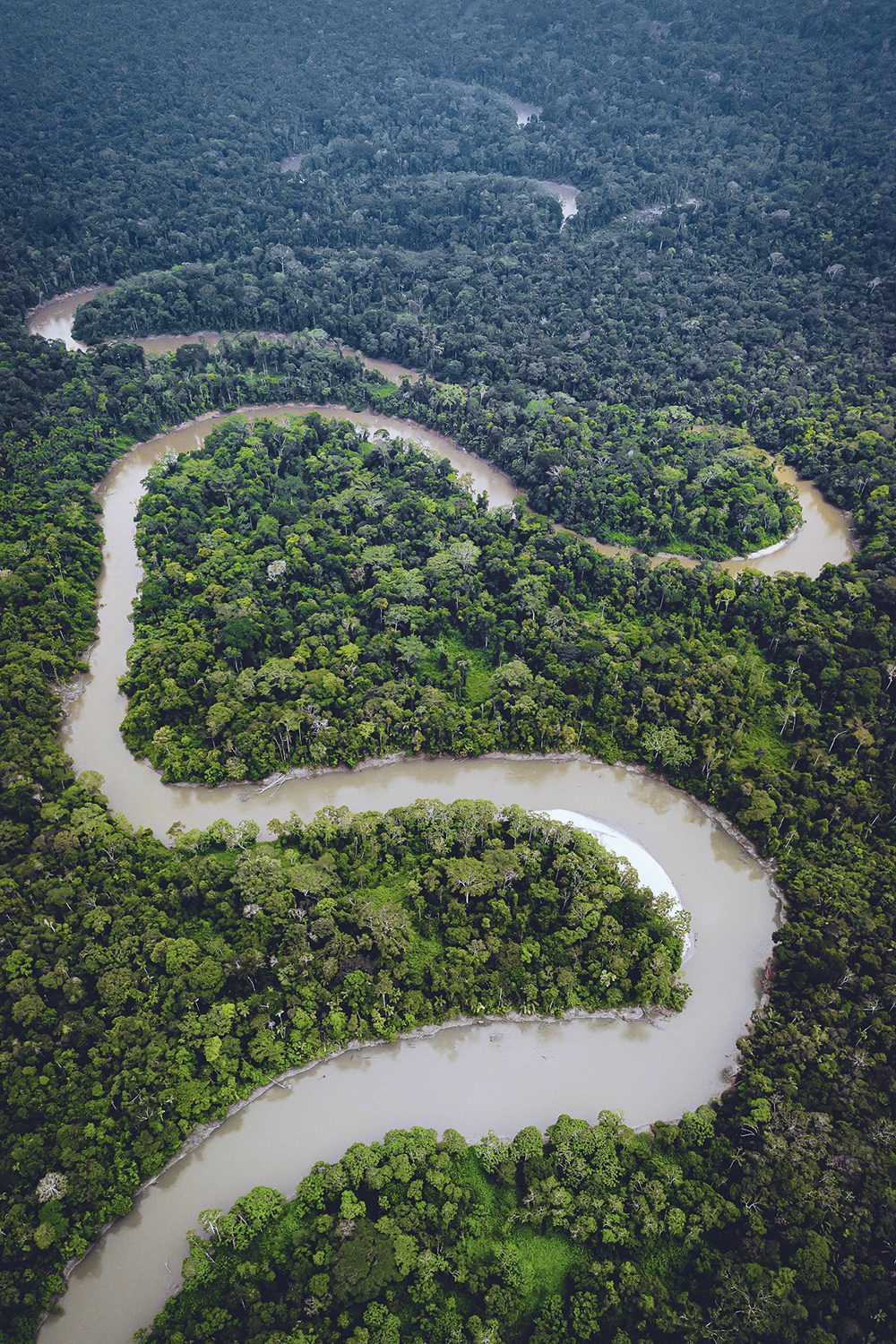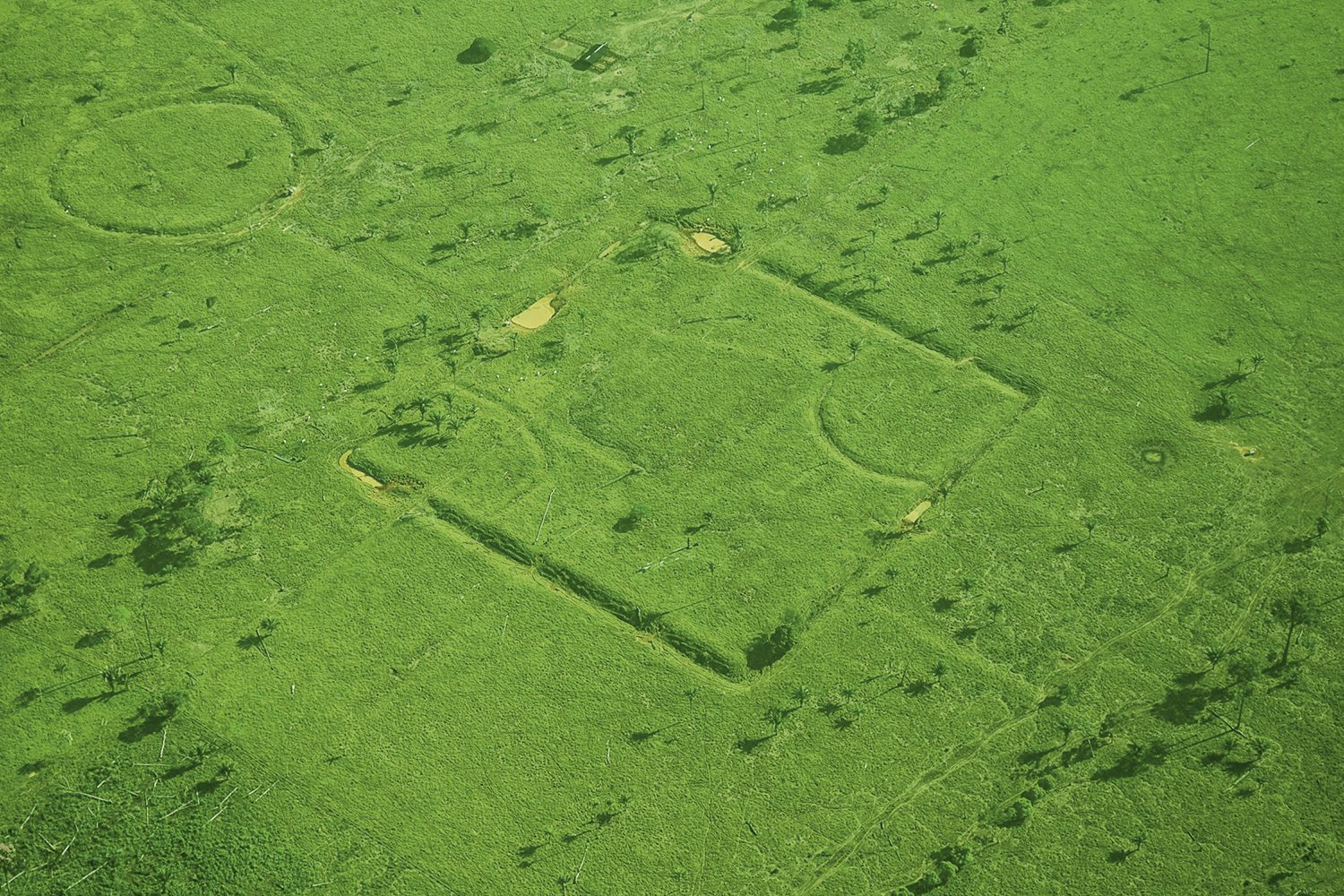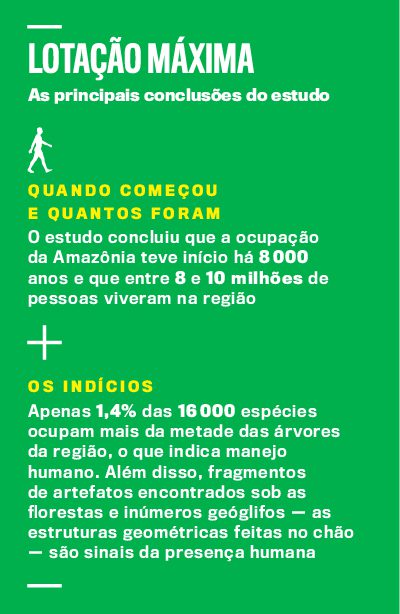
To this day, textbooks insist on proving that the beginning of the history of Brazil occurred with the arrival of the Europeans, in 1500. From this perspective, it was only after the Portuguese landing that “wild land” – to use the expression enshrined in the educational canons – began to pioneer the creation of cities and expansion Progressive in the jungle until the Amazon, in the far north of the country. Nothing could be further from the truth. Not only was the Amazon heavily populated long before the European conquest, but its current composition is due to human actions over millions of years. To be clear: the huge forest that we know of is a direct result of the work of the people who lived there.
These are some of the discoveries described in the book Under the Equinox: Eight Thousand Years of History in the Central Amazon (Editora Ubu), for archaeologist Eduardo Jose Neves, director of the Museum of Archeology and Ethnology at the University of São Paulo. For fifteen years, with the support of a large team, he devoted himself to excavating sites in the central Amazon, and thus became one of the principal investigators on the subject in Brazil. “We know that the Amazon has been inhabited for at least 8,000 years, as in other parts of the Americas, by different peoples, with different forms of social and political organization, from nomadic groups of hunter-gatherers to hierarchical sedentary societies,” says Neves.

Their studies concluded that between 8 and 10 million people lived in the Amazon in the period before the arrival of the Portuguese. Unlike other American civilizations, the demographic distribution was wider. There were no large metropolises, but many smaller and relatively densely populated cities. An example is Santarem, in present-day Pará. Founded in 1661, it was one of the first municipalities in the Amazon region. At the time, 6000 indigenous people lived there, which is four times more than the population of Rio de Janeiro at the time.
To account for the loneliness that inhabited the Amazon, Nevis used traces of human occupation in the past. Among the artifacts made of stone and highly polished porcelain, now preserved in museums. But there is a lot. This is the case of terra preta, a type of soil that refers to the changes brought about by human action – in short, settlements of peoples who have taken root in a particular place. Another example is forest management. Today, more than half of all trees in the Amazon forest correspond to only 227 species, which is 1.4% of the 16,000 species known in the region – this proves, according to the researcher, that some of them have been given priority by humans over others. “The idea of forming an untouched virgin forest, still widespread, does not correspond to reality,” says Neves. “The Amazon forest is the product of human labor. The administration created the tree structure that exists today.”
It is not new that science is devoted to studying the occupation of the Amazon. The most extensive research began in 1970, when a group of archaeologists began analyzing so-called geoglyphs, geometric structures formed by indigenous peoples using wooden tools. Since then, the Instituto do Patrimônio Histórico e Cultural has painted no less than 818 circular quadrangular shapes over 150 meters wide. Today, these structures are believed to have been spaces for socialization, a place for exchanging knowledge and interacting with other peoples.
Despite scientific advances, the Amazon is a huge field to explore – in a good way, it should be noted. Due to the density of the forest and the enormous difficulties in accessing it, the place surely hides rare relics of ancient peoples. “Perhaps the most important lesson that Amazonian archeology has provided in recent decades is to show that there is no natural obstacle to human occupation in the region,” Neves wrote in his book. Therefore, unveiling the past can help new generations understand that it is possible to live in harmony with nature.
Published in VEJA on September 28, 2022, Issue No. 2808

“Wannabe internet buff. Future teen idol. Hardcore zombie guru. Gamer. Avid creator. Entrepreneur. Bacon ninja.”


